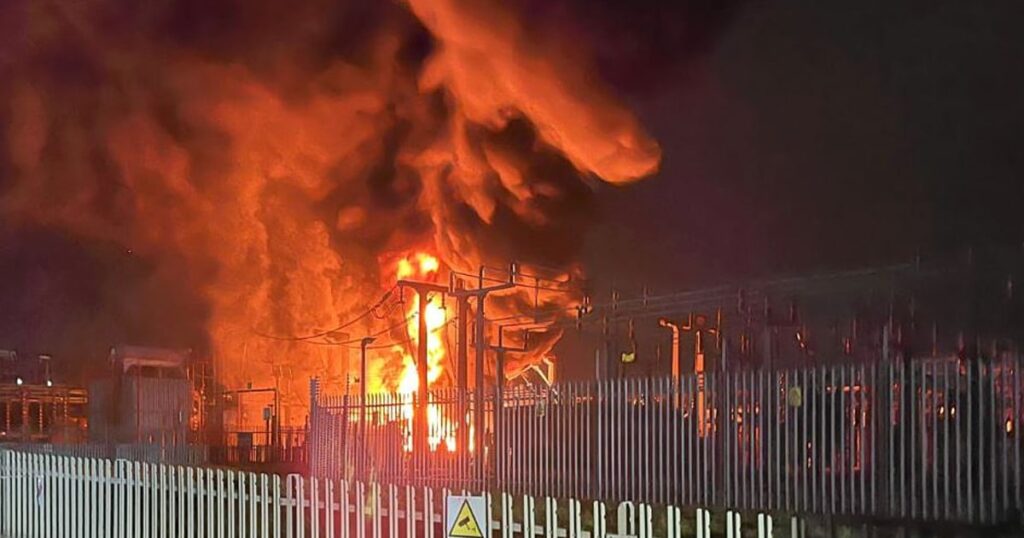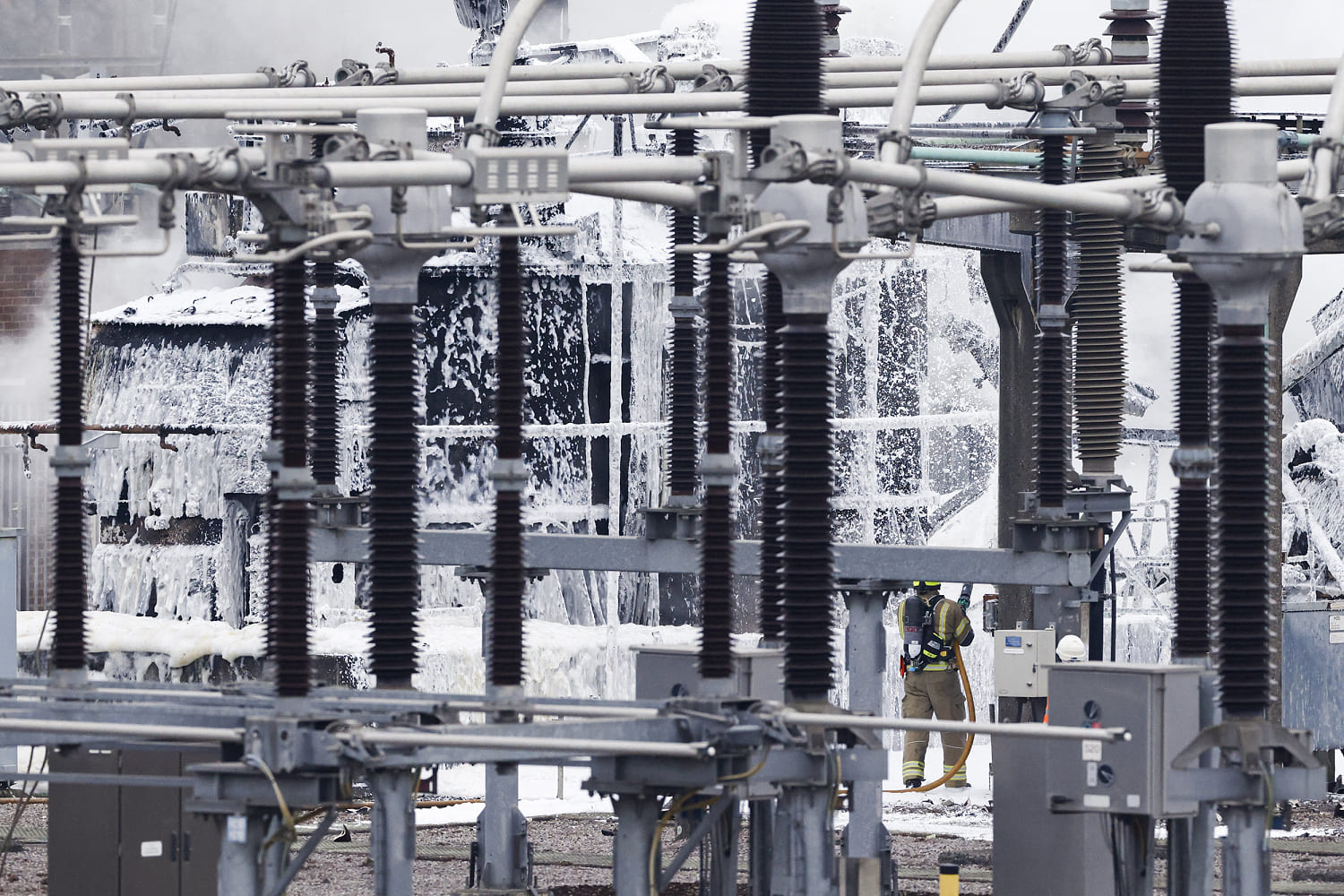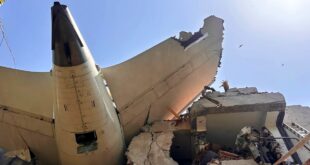

A video posted on social media showed the inside of the airport with only emergency lighting, while the fire raged at the substation responsible for the major hub’s electricity.
The London Metropolitan Police’s counterterrorism unit was investigating the cause of the fire, but said late Friday, that officers are not treating the cause of the fire as suspicious.
On Friday, the London Fire Brigade said that the fire involved an electricity substation with 25,000 liters of cooling oil that was on fire. Jonathan Smith, deputy commissioner with the LFB, said the fire began at 8:23 p.m. on Thursday evening (4:23 p.m. ET) and took 10 fire engines and 70 personnel to get it under control.
Firefighters evacuated 29 people from surrounding homes, and 150 more in an exclusion zone were taken to a rest center.
“Our firefighters worked tirelessly in challenging and very hazardous conditions under control as swiftly as possible,” Smith said. He did not comment on the cause of the fire.
Until the reports by the equipment owners are completed, it’s not possible to know the cause of the failure and the fire, Robin Preece of the University of Manchester said.
Oil is used to cool transformers at substations, he explained, but “if there is a catastrophic failure of a component, this can cause a big electrical spark or flashover which is extremely hot.”
This spark can set the cooling oil running through the transformer alight, causing the kind of large, unwieldy fire that brought down the substation.
“Fires like this are not common at all,” he added.
Paul Cuffe of the University College Dublin’s School of Electrical and Electronic Engineering, said that while Heathrow may have emergency electrical sources to ride out a smaller grid disruption, “processing planeloads of passengers requires Heathrow in its totality to consume a town’s worth of electricity, and the inability to meet this requirement is likely why flights had to be cancelled.”
 Latest World Breaking News Online News Portal
Latest World Breaking News Online News Portal






